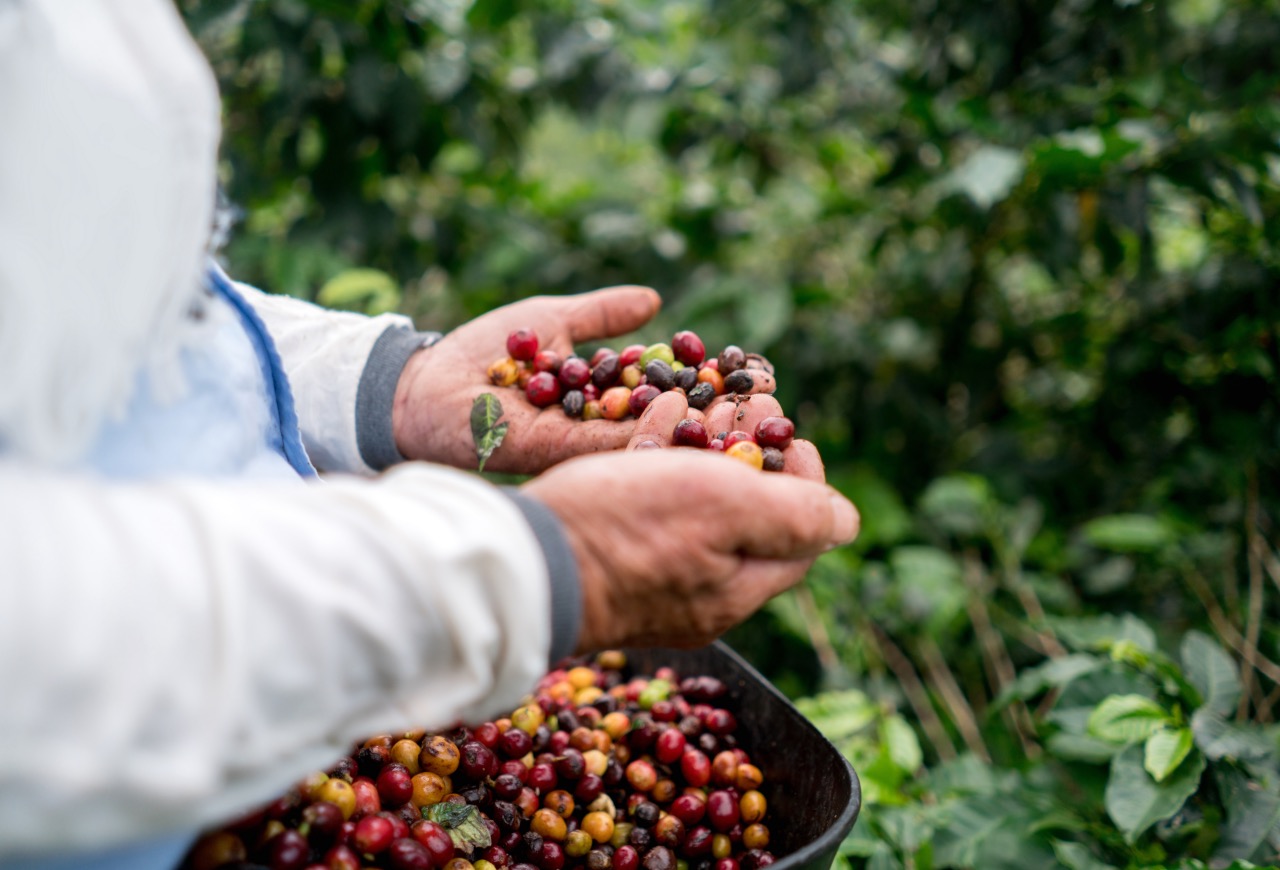Rabobank’s Acorn program aims to unlock the international carbon market for smallholder farmers in developing economies, with the use of agroforestry and the latest technologies for carbon sequestration monitoring

In brief
- Rabobank wants to help improve incomes for farmers in emerging economies with new revenue streams through agroforestry yields
- The Acorn program enables smallholder farmers to participate in the carbon marketplace and benefit from it financially
- It hopes to reach 15 million smallholder farmers before 2030
Every year, the Dutch National Postcode Lottery selects one or two ‘Dream Projects’, to which it donates relatively large grants. The aim is to make special, groundbreaking plans possible.
This year, it decided to give €12.7m to a five-year program by NGO Solidaridad that aims to support some 100,000 smallholder farmers in Africa and Latin America to develop climate-smart agroforestry.
The program is part of a much larger effort by Rabobank to help improve incomes for farmers in emerging economies, in the form of new revenue streams through agroforestry yields, such as fruit or nuts.
Agroforestry practices can also improve soil quality, biodiversity, and the microclimate around the farm itself.
But what makes the program special is that, for the first time, smallholder farmers are enabled to participate in the carbon marketplace and benefit from it financially.
The participating farmers will be registered on a digital platform called Acorn (Agroforestry CRUs for the Organic Restoration of Nature), which is part of Rabo’s Carbon Bank.
A platform for CRUs

Jelmer van de Mortel, head of Acorn, explains that Rabobank has developed carbon removal units (CRUs) based on actual carbon stored in planted trees. As long as the trees planted by the farmers grow, they will generate CRUs annually that can be sold on the carbon market.
Through the Acorn platform, the CRUs are sold to companies that want to compensate for their non-avoidable emissions.
The demand for high-quality credits – which, in addition to reducing emissions, also contribute to improved biodiversity and social goals – is large, according to Van de Mortel.
Microsoft already has bought CRUs, as well as the UK’s Standard Chartered bank. More clients are expected to step in the coming weeks.
“By buying Acorn’s CRUs, they will not only finance the sequestration of carbon, but also support the growth and prosperity of local communities worldwide.”
What makes CRUs different from regular carbon credits is that they are only sold after trees have converted carbon into biomass.
“The source of each and every CRU is linked to an actual plot of land and the carbon the trees there have removed from the atmosphere. These are already realised, ex-post credits. Not promises of future removal (ex-ante), or credits for avoidance or allowance. Acorn’s CRUs are also more traceable and verifiable than credits from most other programs.”
Partnering with Microsoft
With the help of remote sensing technology, such as satellite imagery, Acorn is able to measure how much the trees have grown on a smallholder farmer’s land annually. The collaboration with partners should Microsoft should help avoid fraud, a danger that many critics of carbon trading regularly point out.
“We pay a minimum of €20 per CRU to the farmers”, Van de Mortel says, “but prices are increasing rapidly, due to the high demand.” The bank keeps 10% of the money being paid for the CRUs, and another 10% goes to partners like Solidaridad, for supporting, training and paying the small farmers. Acorn says that 80% of total amount paid by companies goes directly to the farmers.
“Our ambition was and still is to reach 15 million farmers before 2030”, Van de Mortel explains. The aim is to store 150 megatons of CO2 per year, or the equivalent of 4 billion trees.
A total of 15 million hectares of land are needed to plant all those trees, 6.5 metres apart from each other. Given that smallholder farmers have an average of 1 hectare of land per farm, 15 million smallholder farmers are needed to reach the target.
Optimism
“I know there are critics who say this is impossible”, he says, “but we still think it is doable.” Partners like Microsoft and Solidaridad, which have huge networks, means a real upscaling of their activities is possible.
“We now have projects in over 10 countries, in Latin America and in West and East Africa”, Van de Mortel says. “We are looking into Southeast Asia too. It’s rapidly growing. We also have proven that our approach is commodity-agnostic – it can be coffee farmers or cocoa farmers, rice growers or subsistence farmers.”
Rabo Foundation, the philanthropic part of the bank, is already investing in the projects.
However, there is big need for extra, pre-project funding from impact investors. The cost of training farmers and helping them buy tree seedlings is estimated to be between $250 to $500 per farmer.
“We are looking for investments of between 1 to 10 million euros”, says Acorn’s Van de Mortel. Potential investors should not be looking for double-digit interest margins, and be willing to accept grace periods of 2-3 years and an investment tenor of 8-9 years, depending on the price of the CRUs.
Acorn is still looking at the best possible structure to do this, whether is through loans, blended finance, or funds.
“Most important for impact investors is to realise that the reduction in operational risks and [the impact on] the credit worthiness of those farmers is a complete paradigm shift. As long as they keep the trees alive, they will generate a steady flow of income for themselves and their families.”





